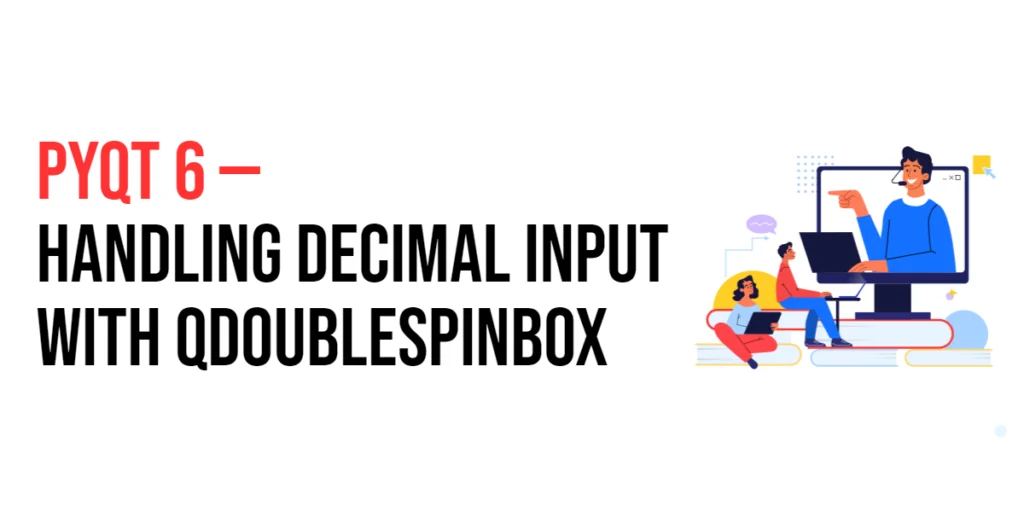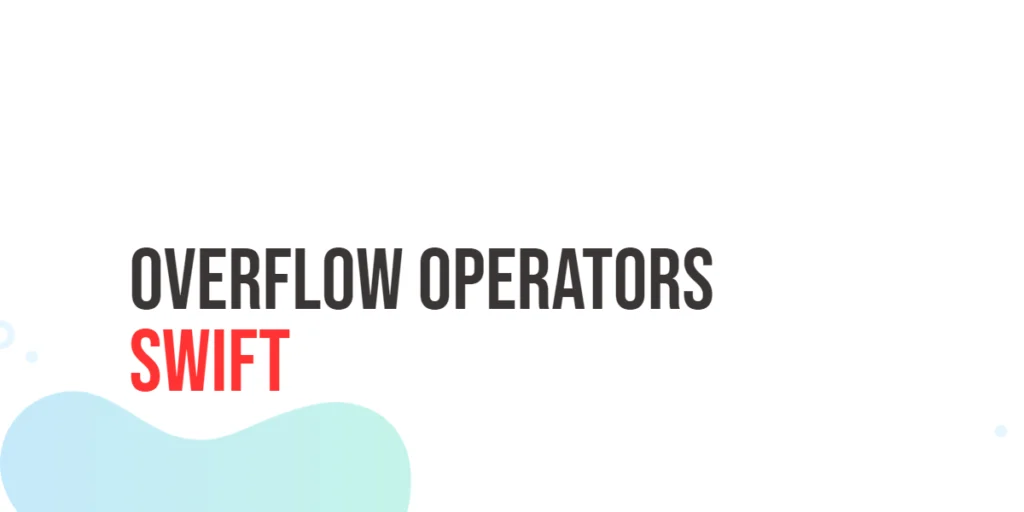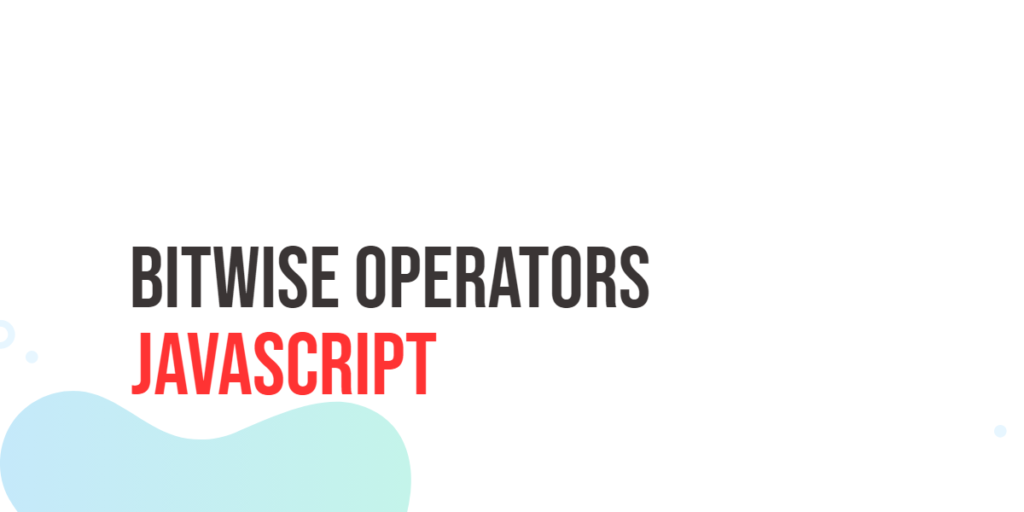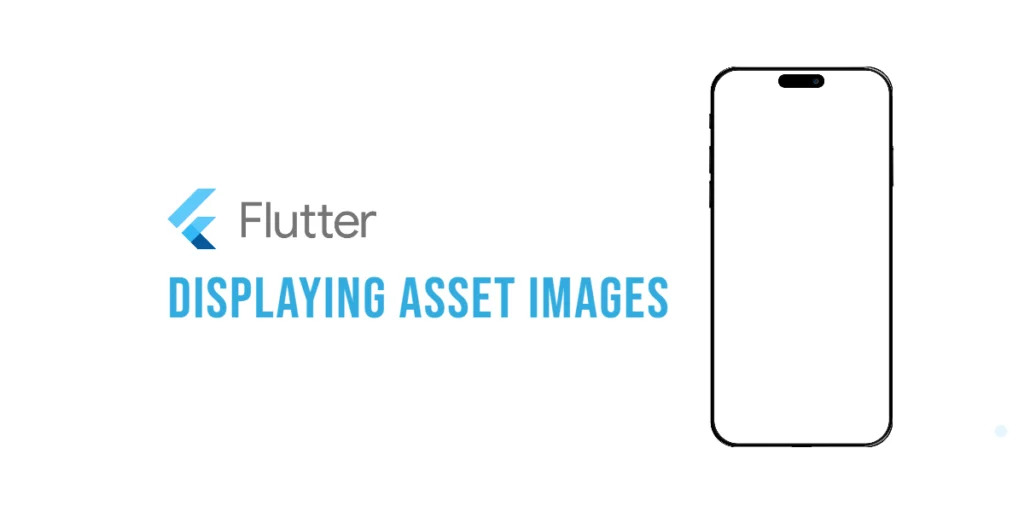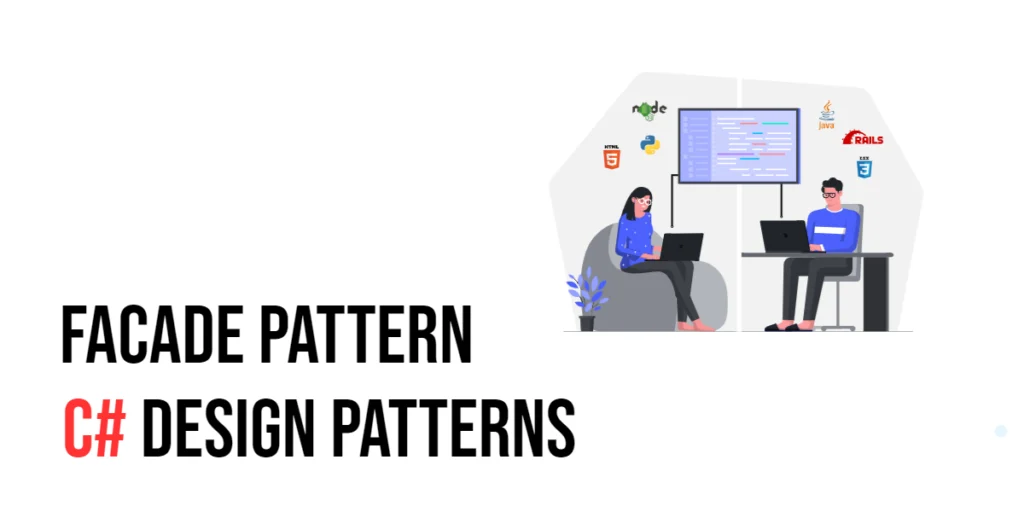Handling decimal input is crucial in many GUI applications, from financial calculators to scientific data entry forms. QDoubleSpinBox, a versatile widget in PyQt6, provides an easy way to manage decimal input. It allows users to input and modify floating-point numbers conveniently, offering features like adjustable ranges, step sizes, and optional prefixes or suffixes.

with hands-on learning.
get the skills and confidence to land your next move.
In this article, we will explore various features of QDoubleSpinBox, from creating and customizing it to handling its signals and integrating it with other widgets. We will start by setting up the development environment and creating a simple PyQt6 application. Then, we will delve into creating a basic QDoubleSpinBox, customizing its appearance and behavior, and handling user interactions through signals. We will also cover advanced features like validation and using QDoubleSpinBox for specific applications.
Setting Up the Development Environment
Before we dive into creating and customizing QDoubleSpinBox, we need to set up our development environment. This includes installing Python and PyQt6, and ensuring we have everything ready to start writing and running PyQt6 applications.
Installing Python and PyQt6
To get started, ensure you have Python installed on your computer. PyQt6 requires Python 3.6 or later. You can download the latest version of Python from the official Python website. Once Python is installed, open your command prompt or terminal and install PyQt6 using the pip package manager by running the following command:
pip install PyQt6This command will download and install PyQt6 along with all its dependencies.
Setting Up a Development Environment
To write and run your PyQt6 code, you can use any text editor or Integrated Development Environment (IDE). Some popular choices include PyCharm, a powerful IDE for Python with support for PyQt6; VS Code, a lightweight and versatile code editor with Python extensions; and Sublime Text, a simple yet efficient text editor. Choose the one that you’re most comfortable with.
Writing a Simple PyQt6 Application
To ensure everything is set up correctly, let’s write a simple PyQt6 application that creates a window with a QDoubleSpinBox widget.
- Create a New Python File: Open your IDE or text editor and create a new Python file named
simple_qdoublespinbox.py. - Write the Code: Copy and paste the following code into your
simple_qdoublespinbox.pyfile:
import sys
from PyQt6.QtWidgets import QApplication, QWidget, QVBoxLayout, QDoubleSpinBox
# Create an instance of QApplication
app = QApplication(sys.argv)
# Create a QWidget instance (main window)
window = QWidget()
window.setWindowTitle('QDoubleSpinBox Example')
window.setGeometry(100, 100, 300, 200)
# Create a QVBoxLayout instance
layout = QVBoxLayout()
# Create a QDoubleSpinBox instance
double_spin_box = QDoubleSpinBox(window)
double_spin_box.setRange(0.0, 100.0) # Set the range of values
double_spin_box.setValue(50.0) # Set the initial value
double_spin_box.setSingleStep(0.1) # Set the step size
double_spin_box.setDecimals(2) # Set the number of decimal places
# Add the QDoubleSpinBox to the layout
layout.addWidget(double_spin_box)
# Set the layout for the main window
window.setLayout(layout)
# Show the main window
window.show()
# Run the application's event loop
sys.exit(app.exec())- Run the Script: Save your file and run it. You should see a window appear with a
QDoubleSpinBoxwidget displaying the initial value 50.0.
In the code above, we start by importing the necessary modules from PyQt6, including QApplication, QWidget, QVBoxLayout, and QDoubleSpinBox.
Next, we create an instance of the QApplication class, which is required for any PyQt6 application. This instance manages application-wide resources and settings.
We then create an instance of QWidget, which serves as the main window of the application. We set the title of the window using the setWindowTitle method and define the position and size of the window using the setGeometry method.
A QDoubleSpinBox widget is created and added to the main window. We use the setRange method to set the range of values that the QDoubleSpinBox can take, the setValue method to set its initial value, the setSingleStep method to set the step size, and the setDecimals method to set the number of decimal places.
To arrange the QDoubleSpinBox widget vertically within the window, we create a QVBoxLayout instance. The addWidget method is then used to add the QDoubleSpinBox to the layout. We set this layout for the main window using the setLayout method.
Finally, we display the main window using the show method and start the application’s event loop with sys.exit(app.exec()). This event loop waits for user interactions and handles them accordingly, keeping the application running until the user closes the window.
By following these steps, you have successfully set up your development environment and created a simple PyQt6 application with a QDoubleSpinBox widget. In the next sections, we’ll explore how to customize and enhance QDoubleSpinBox with various features and functionalities.
Creating a Basic QDoubleSpinBox
The QDoubleSpinBox widget provides a convenient way to handle decimal input, allowing users to increment or decrement a value within a specified range. In this section, we will create a basic QDoubleSpinBox widget and add it to a PyQt6 application.
Introduction to QDoubleSpinBox
QDoubleSpinBox is a widget that allows users to input and modify floating-point values. It provides buttons to increment or decrement the value and can be customized to accept a specific range of values, step sizes, and number of decimal places.
Code Example: Creating a Basic QDoubleSpinBox
To create a basic QDoubleSpinBox, follow these steps:
- Create a New Python File: Open your IDE or text editor and create a new Python file named
basic_qdoublespinbox.py. - Write the Code: Copy and paste the following code into your
basic_qdoublespinbox.pyfile:
import sys
from PyQt6.QtWidgets import QApplication, QWidget, QVBoxLayout, QDoubleSpinBox
# Create an instance of QApplication
app = QApplication(sys.argv)
# Create a QWidget instance (main window)
window = QWidget()
window.setWindowTitle('Basic QDoubleSpinBox Example')
window.setGeometry(100, 100, 300, 200)
# Create a QVBoxLayout instance
layout = QVBoxLayout()
# Create a QDoubleSpinBox instance
double_spin_box = QDoubleSpinBox(window)
double_spin_box.setRange(0.0, 100.0) # Set the range of values
double_spin_box.setValue(50.0) # Set the initial value
double_spin_box.setSingleStep(0.1) # Set the step size
double_spin_box.setDecimals(2) # Set the number of decimal places
# Add the QDoubleSpinBox to the layout
layout.addWidget(double_spin_box)
# Set the layout for the main window
window.setLayout(layout)
# Show the main window
window.show()
# Run the application's event loop
sys.exit(app.exec())- Run the Script: Save your file and run it. You should see a window appear with a
QDoubleSpinBoxwidget displaying the initial value 50.0.
By following these steps, you have created a basic QDoubleSpinBox widget in a PyQt6 application. In the next sections, we will explore various ways to customize QDoubleSpinBox and handle user interactions.
Customizing QDoubleSpinBox
QDoubleSpinBox offers various customization options that allow you to tailor its appearance and behavior to suit your application’s needs. You can set the range of values, initial value, step size, and number of decimal places. You can also add prefixes or suffixes to the displayed value. In this section, we will explore these customization options with code examples.
Setting Range, Initial Value, Step Size, and Decimal Places
You can customize the range of values that QDoubleSpinBox can take using the setRange method. The initial value can be set using the setValue method, the step size can be adjusted using the setSingleStep method, and the number of decimal places can be set using the setDecimals method.
Code Example: Customizing QDoubleSpinBox Range, Value, Step Size, and Decimal Places
To customize the range, initial value, step size, and number of decimal places of QDoubleSpinBox, follow these steps:
- Create a New Python File: Open your IDE or text editor and create a new Python file named
custom_qdoublespinbox.py. - Write the Code: Copy and paste the following code into your
custom_qdoublespinbox.pyfile:
import sys
from PyQt6.QtWidgets import QApplication, QWidget, QVBoxLayout, QDoubleSpinBox
# Create an instance of QApplication
app = QApplication(sys.argv)
# Create a QWidget instance (main window)
window = QWidget()
window.setWindowTitle('Custom QDoubleSpinBox Example')
window.setGeometry(100, 100, 300, 200)
# Create a QVBoxLayout instance
layout = QVBoxLayout()
# Create a QDoubleSpinBox instance
double_spin_box = QDoubleSpinBox(window)
double_spin_box.setRange(0.0, 1000.0) # Set the range of values
double_spin_box.setValue(500.0) # Set the initial value
double_spin_box.setSingleStep(0.5) # Set the step size
double_spin_box.setDecimals(3) # Set the number of decimal places
# Add the QDoubleSpinBox to the layout
layout.addWidget(double_spin_box)
# Set the layout for the main window
window.setLayout(layout)
# Show the main window
window.show()
# Run the application's event loop
sys.exit(app.exec())- Run the Script: Save your file and run it. You should see a window with a
QDoubleSpinBoxwidget displaying the initial value 500.0 and allowing increments or decrements in steps of 0.5 within the range 0.0 to 1000.0, with values displayed up to three decimal places.
Customizing Prefix and Suffix
You can add a prefix or suffix to the displayed value in QDoubleSpinBox using the setPrefix and setSuffix methods. This is useful for indicating units or other context-specific information.
Code Example: Adding Prefix and Suffix to QDoubleSpinBox
To add a prefix or suffix to QDoubleSpinBox, follow these steps:
- Create a New Python File: Open your IDE or text editor and create a new Python file named
prefix_suffix_qdoublespinbox.py. - Write the Code: Copy and paste the following code into your
prefix_suffix_qdoublespinbox.pyfile:
import sys
from PyQt6.QtWidgets import QApplication, QWidget, QVBoxLayout, QDoubleSpinBox
# Create an instance of QApplication
app = QApplication(sys.argv)
# Create a QWidget instance (main window)
window = QWidget()
window.setWindowTitle('Prefix and Suffix QDoubleSpinBox Example')
window.setGeometry(100, 100, 300, 200)
# Create a QVBoxLayout instance
layout = QVBoxLayout()
# Create a QDoubleSpinBox instance
double_spin_box = QDoubleSpinBox(window)
double_spin_box.setRange(0.0, 100.0) # Set the range of values
double_spin_box.setValue(50.0) # Set the initial value
double_spin_box.setPrefix('$') # Set the prefix
double_spin_box.setSuffix(' USD') # Set the suffix
# Add the QDoubleSpinBox to the layout
layout.addWidget(double_spin_box)
# Set the layout for the main window
window.setLayout(layout)
# Show the main window
window.show()
# Run the application's event loop
sys.exit(app.exec())- Run the Script: Save your file and run it. You should see a window with a
QDoubleSpinBoxwidget displaying the value with a dollar sign prefix and “USD” suffix.
By following these steps, you can customize various aspects of QDoubleSpinBox to suit your application’s needs. In the next section, we will explore how to handle QDoubleSpinBox signals to respond to user interactions.
Handling QDoubleSpinBox Signals
QDoubleSpinBox emits various signals that can be connected to custom slot functions to handle user interactions. These signals allow you to respond to changes in the value, making your application more interactive and responsive.
Introduction to QDoubleSpinBox Signals
Some of the most commonly used signals emitted by QDoubleSpinBox include:
- valueChanged: Emitted whenever the value changes.
- editingFinished: Emitted when the user finishes editing the value.
By connecting these signals to custom slot functions, you can define how your application should respond to user interactions with QDoubleSpinBox.
Code Example: Handling valueChanged and editingFinished Signals
Let’s create a PyQt6 application that connects to the valueChanged and editingFinished signals of QDoubleSpinBox to update a QLabel with the current value.
- Create a New Python File: Open your IDE or text editor and create a new Python file named
doublespinbox_signals.py. - Write the Code: Copy and paste the following code into your
doublespinbox_signals.pyfile:
import sys
from PyQt6.QtWidgets import QApplication, QWidget, QVBoxLayout, QDoubleSpinBox, QLabel
# Slot function to update label on valueChanged
def on_value_changed(value):
label.setText(f'Current Value: {value:.2f}')
# Slot function to update label on editingFinished
def on_editing_finished():
label.setText(f'Editing Finished, Value: {double_spin_box.value():.2f}')
# Create an instance of QApplication
app = QApplication(sys.argv)
# Create a QWidget instance (main window)
window = QWidget()
window.setWindowTitle('QDoubleSpinBox Signals Example')
window.setGeometry(100, 100, 300, 200)
# Create a QVBoxLayout instance
layout = QVBoxLayout()
# Create a QLabel instance to display current value
label = QLabel('Current Value: 50.00', window)
# Create a QDoubleSpinBox instance
double_spin_box = QDoubleSpinBox(window)
double_spin_box.setRange(0.0, 100.0) # Set the range of values
double_spin_box.setValue(50.0) # Set the initial value
double_spin_box.setSingleStep(0.1) # Set the step size
double_spin_box.setDecimals(2) # Set the number of decimal places
# Connect signals to their slot functions
double_spin_box.valueChanged.connect(on_value_changed)
double_spin_box.editingFinished.connect(on_editing_finished)
# Add the QDoubleSpin Box and QLabel to the layout
layout.addWidget(double_spin_box)
layout.addWidget(label)
# Set the layout for the main window
window.setLayout(layout)
# Show the main window
window.show()
# Run the application's event loop
sys.exit(app.exec())- Run the Script: Save your file and run it. You should see a window with a
QDoubleSpinBoxwidget and aQLabeldisplaying the current value. When you change the value in theQDoubleSpinBox, theQLabelwill update to show the current value. When you finish editing the value, theQLabelwill display the final value.
By following these steps, you have created a PyQt6 application that handles various signals emitted by QDoubleSpinBox, making your application more interactive and responsive to user actions. In the next sections, we will explore how to integrate QDoubleSpinBox with other widgets and implement advanced features.
Integrating QDoubleSpinBox with Other Widgets
Integrating QDoubleSpinBox with other widgets is essential for creating comprehensive and interactive user interfaces in your PyQt6 applications. By combining QDoubleSpinBox with layout managers and other PyQt6 widgets, you can build complex and responsive interfaces. This section will guide you through the process of integrating QDoubleSpinBox with other widgets and demonstrate how to create a user-friendly form layout.
Combining QDoubleSpinBox with Other Widgets in Layouts
To create well-organized interfaces, you need to use layout managers like QVBoxLayout, QHBoxLayout, and QFormLayout. These layout managers help you arrange widgets systematically within the main window. In this example, we’ll use a form layout to integrate QDoubleSpinBox with other widgets such as QLabel and QPushButton.
Code Example: Creating a User-Friendly Form with QDoubleSpinBox
Let’s create a simple form with labels, line edits for user input, a QDoubleSpinBox for decimal input, and a submit button.
- Create a New Python File: Open your IDE or text editor and create a new Python file named
form_with_qdoublespinbox.py. - Write the Code: Copy and paste the following code into your
form_with_qdoublespinbox.pyfile:
import sys
from PyQt6.QtWidgets import QApplication, QWidget, QLabel, QLineEdit, QDoubleSpinBox, QPushButton, QVBoxLayout, \
QFormLayout, QSpinBox
# Slot function to handle button click
def on_submit():
name = name_input.text()
age = age_spin_box.value()
salary = salary_spin_box.value()
print(f'Name: {name}, Age: {age}, Salary: {salary:.2f}')
# Create an instance of QApplication
app = QApplication(sys.argv)
# Create a QWidget instance (main window)
window = QWidget()
window.setWindowTitle('Form with QDoubleSpinBox Example')
window.setGeometry(100, 100, 400, 300)
# Create a QFormLayout instance
form_layout = QFormLayout()
# Create QLabel and QLineEdit instances for name
name_label = QLabel('Name:')
name_input = QLineEdit()
# Create QLabel and QSpinBox instances for age
age_label = QLabel('Age:')
age_spin_box = QSpinBox()
age_spin_box.setRange(0, 100) # Set the range of values
# Create QLabel and QDoubleSpinBox instances for salary
salary_label = QLabel('Salary:')
salary_spin_box = QDoubleSpinBox()
salary_spin_box.setRange(0.0, 100000.0) # Set the range of values
salary_spin_box.setDecimals(2) # Set the number of decimal places
# Add widgets to the form layout
form_layout.addRow(name_label, name_input)
form_layout.addRow(age_label, age_spin_box)
form_layout.addRow(salary_label, salary_spin_box)
# Create a QPushButton for submitting the form
submit_button = QPushButton('Submit')
submit_button.clicked.connect(on_submit)
# Create a QVBoxLayout to combine the form layout and submit button
main_layout = QVBoxLayout()
main_layout.addLayout(form_layout)
main_layout.addWidget(submit_button)
# Set the layout for the main window
window.setLayout(main_layout)
# Show the main window
window.show()
# Run the application's event loop
sys.exit(app.exec())- Run the Script: Save your file and run it. You should see a window with a form containing labels, text input fields, a
QSpinBoxfor age input, aQDoubleSpinBoxfor salary input, and a submit button. When you enter text in the fields and click the submit button, the input values are printed in the console.
By integrating multiple widgets and layout managers, you can create more complex and interactive user interfaces. In the next section, we will explore advanced features of QDoubleSpinBox such as validation and using it for specific applications.
Advanced QDoubleSpinBox Features
QDoubleSpinBox offers various advanced features that can enhance its functionality and user experience. In this section, we will explore how to implement validation and use QDoubleSpinBox for specific applications such as financial and scientific calculations.
Implementing Validation
Validation ensures that the input provided by the user meets specific criteria. While QDoubleSpinBox inherently restricts input to floating-point numbers within a specified range, you may need additional validation for more complex requirements.
Code Example: Implementing Validation
Let’s create a PyQt6 application that implements additional validation for QDoubleSpinBox values.
- Create a New Python File: Open your IDE or text editor and create a new Python file named
validation_qdoublespinbox.py. - Write the Code: Copy and paste the following code into your
validation_qdoublespinbox.pyfile:
import sys
from PyQt6.QtWidgets import QApplication, QWidget, QVBoxLayout, QDoubleSpinBox, QLabel, QPushButton
# Slot function to validate the value
def validate_value():
value = double_spin_box.value()
if 10.0 <= value <= 90.0:
validation_label.setText(f'Value {value:.2f} is within the valid range (10.0 to 90.0).')
else:
validation_label.setText(f'Value {value:.2f} is outside the valid range.')
# Create an instance of QApplication
app = QApplication(sys.argv)
# Create a QWidget instance (main window)
window = QWidget()
window.setWindowTitle('QDoubleSpinBox Validation Example')
window.setGeometry(100, 100, 300, 200)
# Create a QVBoxLayout instance
layout = QVBoxLayout()
# Create a QDoubleSpinBox instance
double_spin_box = QDoubleSpinBox(window)
double_spin_box.setRange(0.0, 100.0) # Set the range of values
double_spin_box.setValue(50.0) # Set the initial value
# Create a QLabel to display validation messages
validation_label = QLabel('Enter a value between 10.0 and 90.0.', window)
# Create a QPushButton to trigger validation
validate_button = QPushButton('Validate')
validate_button.clicked.connect(validate_value)
# Add the QDoubleSpinBox, QLabel, and QPushButton to the layout
layout.addWidget(double_spin_box)
layout.addWidget(validation_label)
layout.addWidget(validate_button)
# Set the layout for the main window
window.setLayout(layout)
# Show the main window
window.show()
# Run the application's event loop
sys.exit(app.exec())- Run the Script: Save your file and run it. You should see a window with a
QDoubleSpinBoxwidget, aQLabeldisplaying validation messages, and a button labeled “Validate”. When you enter a value and click the validate button, theQLabelwill display whether the value is within the valid range (10.0 to 90.0) or outside the range.
Using QDoubleSpinBox for Financial and Scientific Applications
QDoubleSpinBox can be used in various applications, including financial calculators and scientific data entry forms. By customizing the range, step size, and number of decimal places, you can tailor QDoubleSpinBox to meet the specific requirements of these applications.
Code Example: Using QDoubleSpinBox for Financial Calculations
Let’s create a PyQt6 application that uses QDoubleSpinBox for a simple financial calculation.
- Create a New Python File: Open your IDE or text editor and create a new Python file named
financial_qdoublespinbox.py. - Write the Code: Copy and paste the following code into your
financial_qdoublespinbox.pyfile:
import sys
from PyQt6.QtWidgets import QApplication, QWidget, QVBoxLayout, QDoubleSpinBox, QLabel, QPushButton
# Slot function to calculate the total amount
def calculate_total():
principal = principal_spin_box.value()
rate = rate_spin_box.value()
time = time_spin_box.value()
total_amount = principal * (1 + (rate / 100) * time)
result_label.setText(f'Total Amount: ${total_amount:.2f}')
# Create an instance of QApplication
app = QApplication(sys.argv)
# Create a QWidget instance (main window)
window = QWidget()
window.setWindowTitle('QDoubleSpinBox Financial Calculation Example')
window.setGeometry(100, 100, 400, 300)
# Create a QVBoxLayout instance
layout = QVBoxLayout()
# Create QDoubleSpinBox instances for principal, rate, and time
principal_spin_box = QDoubleSpinBox(window)
principal_spin_box.setRange(0.0, 1000000.0) # Set the range of values
principal_spin_box.setValue(1000.0) # Set the initial value
principal_spin_box.setPrefix('$') # Set the prefix
rate_spin_box = QDoubleSpinBox(window)
rate_spin_box.setRange(0.0, 100.0) # Set the range of values
rate_spin_box.setValue(5.0) # Set the initial value
rate_spin_box.setSuffix('%') # Set the suffix
time_spin_box = QDoubleSpinBox(window)
time_spin_box.setRange(0.0, 50.0) # Set the range of values
time_spin_box.setValue(1.0) # Set the initial value
time_spin_box.setSuffix(' years') # Set the suffix
# Create a QPushButton to trigger the calculation
calculate_button = QPushButton('Calculate')
calculate_button.clicked.connect(calculate_total)
# Create a QLabel to display the result
result_label = QLabel('Total Amount: $0.00', window)
# Add the QDoubleSpinBox, QPushButton, and QLabel to the layout
layout.addWidget(QLabel('Principal Amount:'))
layout.addWidget(principal_spin_box)
layout.addWidget(QLabel('Annual Interest Rate:'))
layout.addWidget(rate_spin_box)
layout.addWidget(QLabel('Time Period:'))
layout.addWidget(time_spin_box)
layout.addWidget(calculate_button)
layout.addWidget(result_label)
# Set the layout for the main window
window.setLayout(layout)
# Show the main window
window.show()
# Run the application's event loop
sys.exit(app.exec())- Run the Script: Save your file and run it. You should see a window with
QDoubleSpinBoxwidgets for principal amount, annual interest rate, and time period, a button labeled “Calculate”, and aQLabeldisplaying the total amount. When you enter values and click the calculate button, theQLabelwill display the calculated total amount based on the input values.
In this example, we use QDoubleSpinBox to handle floating-point numbers for a financial calculation. We set the range of values, initial values, and prefixes or suffixes for each QDoubleSpinBox. We define a slot function calculate_total that retrieves the values from the QDoubleSpinBox widgets and calculates the total amount using the formula for simple interest. The result is displayed in a QLabel.
By following these steps, you have implemented advanced features in QDoubleSpinBox, including validation and using it for financial calculations.
Conclusion
In this article, we explored the versatile and powerful QDoubleSpinBox widget in PyQt6. We started with an introduction to QDoubleSpinBox and its importance in GUI applications. We then walked through setting up your development environment, creating a basic QDoubleSpinBox, and customizing it with various features such as range, initial value, step size, prefix, and suffix.
We demonstrated how to handle QDoubleSpinBox signals, such as valueChanged and editingFinished, to make your application more interactive. We also covered integrating QDoubleSpinBox with other widgets to create comprehensive and user-friendly forms. Additionally, we explored advanced features like validation and using QDoubleSpinBox for financial calculations.
The examples and concepts covered in this article provide a solid foundation for working with QDoubleSpinBox in PyQt6. However, the possibilities are endless. I encourage you to experiment further and explore more advanced features and customizations. Try combining QDoubleSpinBox with other PyQt6 widgets and see how you can create rich, interactive user interfaces. Don’t hesitate to experiment with different styles, signals, and slots to make your applications unique and engaging.
Additional Resources for Learning PyQt6 and QDoubleSpinBox
To continue your journey with PyQt6 and QDoubleSpinBox, here are some additional resources that will help you expand your knowledge and skills:
- PyQt6 Documentation: The official documentation is a comprehensive resource for understanding the capabilities and usage of PyQt6. PyQt6 Documentation
- Online Tutorials and Courses: Websites like Real Python, Udemy, and Coursera offer detailed tutorials and courses on PyQt6, catering to different levels of expertise.
- Books: Books such as “Rapid GUI Programming with Python and Qt” by Mark Summerfield provide in-depth insights and practical examples.
- Community and Forums: Join online communities and forums like Stack Overflow, Reddit, and the PyQt mailing list to connect with other PyQt developers, ask questions, and share knowledge.
- Sample Projects and Open Source: Explore sample projects and open-source PyQt6 applications on GitHub to see how others have implemented various features and functionalities.
By leveraging these resources and continuously practicing, you’ll become proficient in PyQt6 and be well on your way to developing impressive and functional desktop applications.
